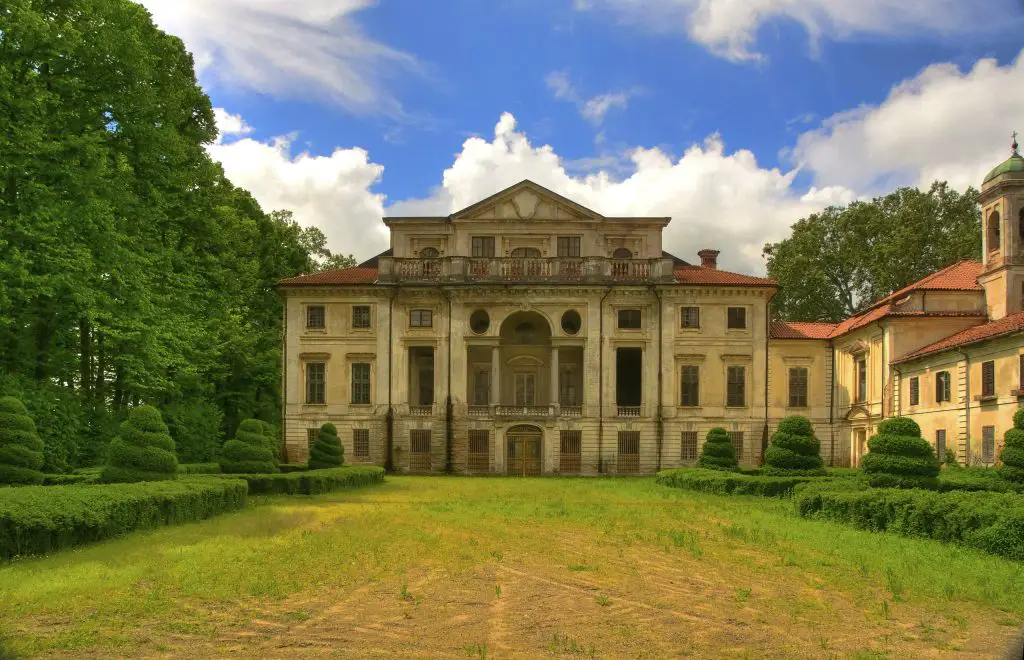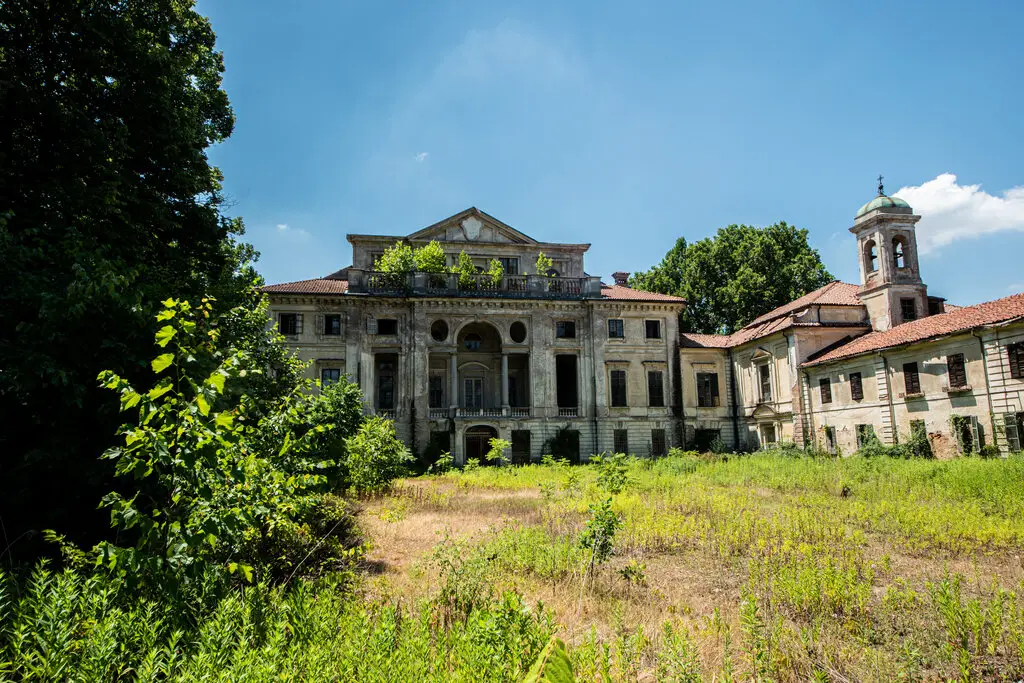Villa Carpeneto, along with Galli Castle, significantly contributes to defining the urban character of Loggia with its majestic and orderly presence. Historically, the local residents of Loggia were not permitted entry into the villa, except for the caretakers’ family, and access to the surrounding park, which once housed an enchanting garden, was restricted. Unfortunately, part of the garden suffered damage during the Second World War.

The avenue of Villa Carpeneto, a notable feature, was once lined with imposing poplar trees until their removal in 1996 due to disease. This avenue had long served as an ideal space for playing, strolling, or finding respite in the cool shade during the summer. Villa Carpeneto holds historical significance, hosting families that played a role in the events of La Loggia. Despite its rich history and the unique sensations it embodies, the villa has been uninhabited and abandoned for years, not receiving the recognition it deserves.

Villa Carpeneto is the result of two successive renovations of an original castle, likely belonging to the Vagnone family of Trofarello. The first renovation, undertaken by Gaspare Graneri, the finance minister of the Savoy court, gave the villa its current structure, visible on the facade facing Vinovo, toward the garden with the pond. The second renovation, between 1769 and 1779, likely based on a design by Francesco Dellala di Beinasco, focused on the facade facing the avenue, influenced by the neoclassical spirit of the time. Subsequent modifications were made to the garden, originally in the Italian style and now in the English style, and the water lily pool.

During this period, the Marquis Giuseppe Luigi Graneri organized a regatta on the Oitana stream, specially prepared for the Royal Court’s entertainment. Ignazio Sclopis, the engraver, created two views depicting the facade and park of the villa. In the late 18th century, Villa Carpeneto passed into the ownership of Count Giuseppe Maria Gerbaix de Sonnaz, husband of Enrichetta Graneri. The family amassed a collection of valuable art, including terracottas from nearby Vinovo, ceramics, and high-value furniture. In 1868, the villa was sold to lawyer Enrico Marenco, and in 1869, it was resold to engineer Vitale Rosazza.

Notably, Villa Carpeneto became a National Monument in 1939, and since 1959, it has been uninhabited and unfurnished. Despite its current state, the villa holds a significant place in history and architectural heritage.
RECOMMENDED: Explore This Abandoned Mansion In The Middle Of A Virginia Golf Course